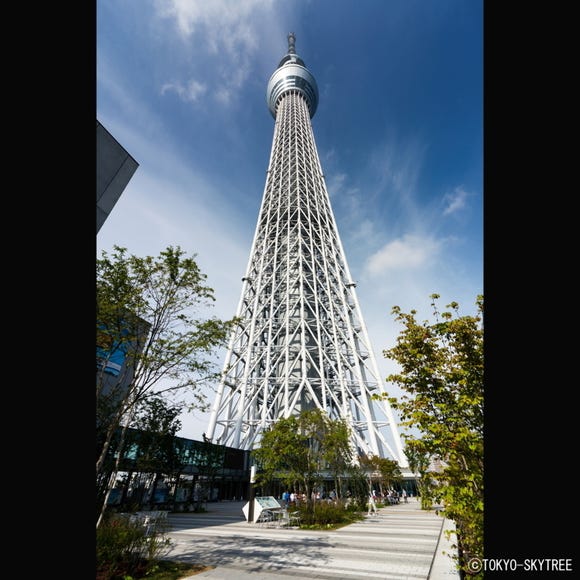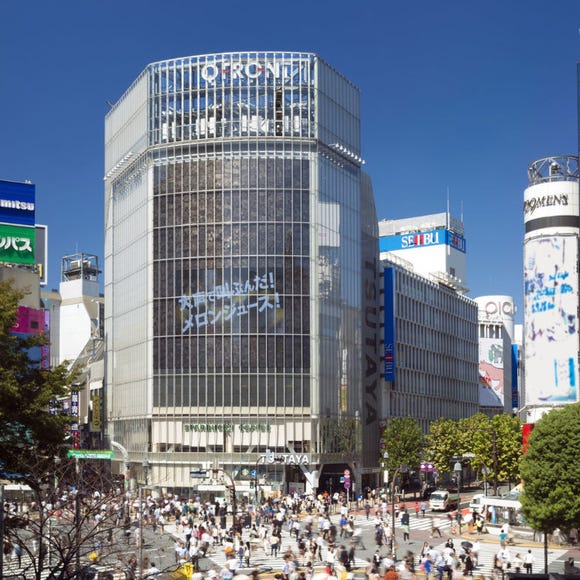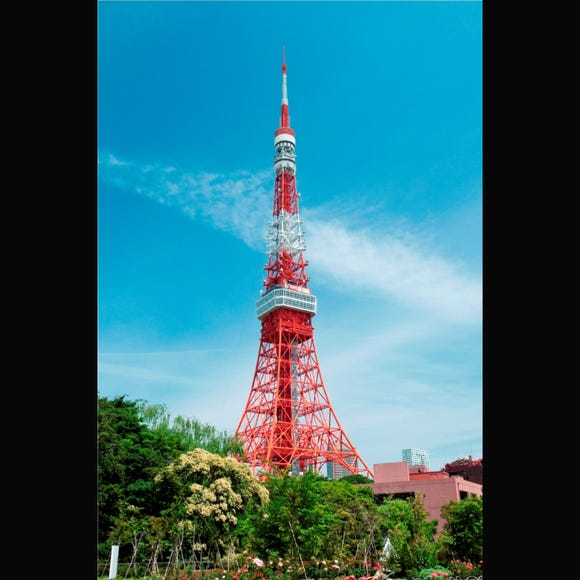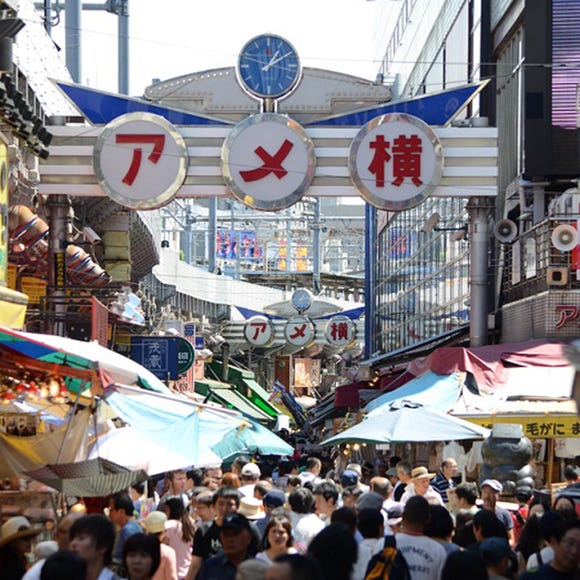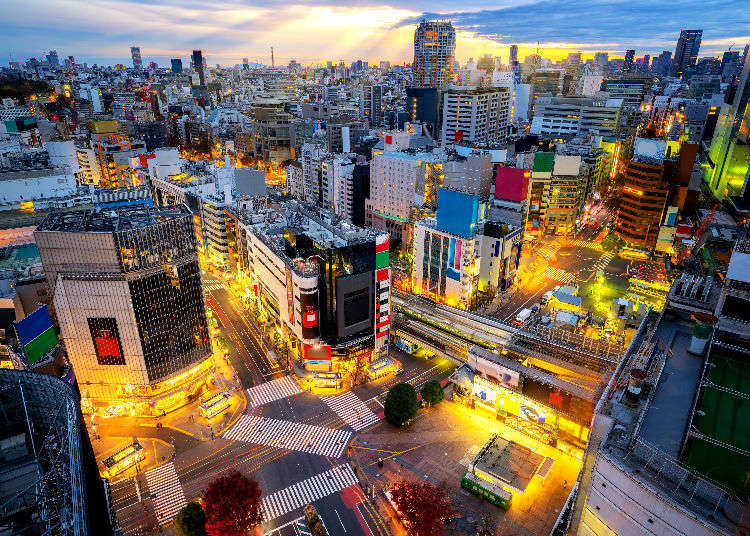
Whether you’re planning a vacation or looking forward to a year abroad, preparing yourself for Japan’s many quirks and surprises should be on your to-do list. It’s more than likely that Japan is wholly different from your own country, so you inevitably will be confronted with a couple of culture shocks!
We asked expats living in Tokyo what their top culture shocks were when coming to Japan and how to deal with them so that you won’t be caught off guard!
1) So Many People Wear Surgical Masks – Do I Need to as well?

Especially winter and early spring is Japan’s peak season for surgical masks. You’ll see numerous people’s faces covered with the characteristic masks. “Is there some sort of epidemic?” or “Is there a lot of smog in the air?” are common assumptions to make if you don’t know what these masks are all about. Neither of them is true, however.
Reason 1: Early spring is prime time for pollen from trees such as the Japanese cedar and many people suffer from hay fever. The mask helps to keep said pollen at bay.
Reason 2: The winter air is extraordinarily dry, especially in Tokyo, creating a great environment for the common cold and influenza. Masks are worn by sick people to lower the chance of infecting others, as well as by healthy people helping to dodge the season’s ailments.
Bonus: Surgical masks are an excellent accessory if you didn’t have time – or simply couldn’t be bothered – to do a full make-up routine in the morning.
How to deal with this:
You absolutely have to run around in a surgical mask as well. Just kidding, don’t worry about it. If you’re concerned about catching a cold, you might want to think about putting a mask on in crowded trains and downtown areas. They’re sold at every drugstore for as cheap as 300 yen per box of 50, while a convenience store usually offers 3 to 5 of them for 200 to 400 yen.
2) What do I do with the Towel I am Given at Restaurants?
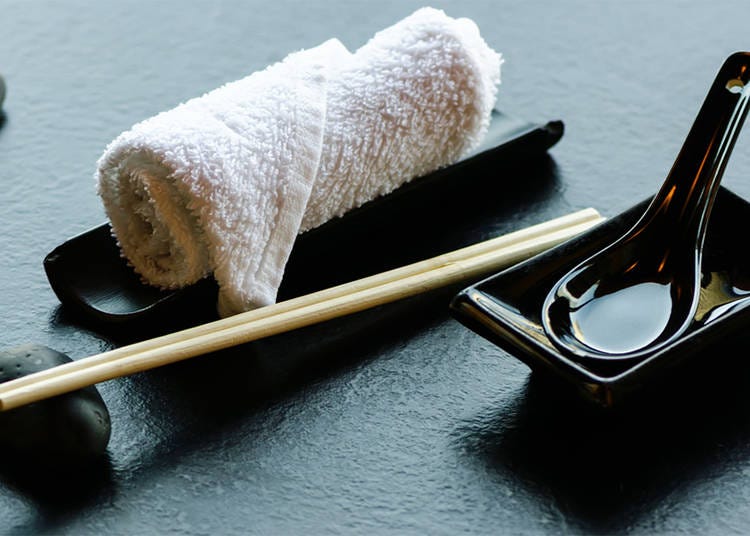
With very few exceptions, every restaurant and izakaya (traditional Japanese pub) will hand you a small, wet towel roll. There are plenty of people who have never encountered this custom before and thus have no clue what to do with said towel but it’s not complicated at all. Called “oshibori,” the free towel is used to clean one’s hands before a meal. In winter, it is often served toasty warm while cold and refreshing in summer. Sometimes, they’re even wrapped in thin plastic as they’re handed to you.
How to deal with this:
Simply wipe your hands with the towel before eating. Wiping anything else, such as your face or the table surface, is not forbidden but considered rather terrible table manners, so you might want to keep that in mind.
3) What’s the Escalator Etiquette? Stand Right, Walk Left?

Most countries have their own escalator etiquette and generally, it’s a trend of “stand right, walk left.” Japan makes this a tad confusing by having different rules for different areas of the country. While the Kansai area, including Osaka and Kobe, follows the creed of “stand right, walk left,” Tokyo diverts from this rule by turning it on its head.
How to deal with this:
If you’re in Tokyo, just remember that you’re in a different country and the rules work differently. That might help you remember to stand on the left side and let people pass on the right when riding an escalator. If you’re exploring cities like Osaka, Kyoto, or Kobe, it’s the general “stand right, walk left.” When in doubt, simply line up behind the next Japanese person in front of you!
4) What’s with the Automatic Taxi Doors?!
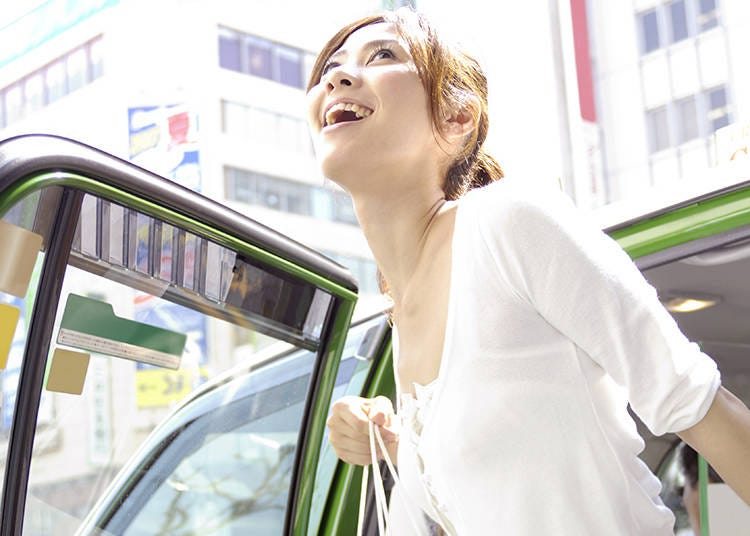
Japan’s taxis do credit to the country’s high-tech reputation. Their doors open and close automatically, surprising almost every tourist, no matter where they’re from. The taxi’s doors are operated via a little lever next to their seat. This ingenious technology is rumored to have its roots in the Tokyo Olympic Games in 1964 when it was implemented by a Tokyo-based taxi company as a service specifically for international guests. People liked it so much that the automatic doors can now be found in basically every taxi.
How to deal with this:
As automatic doors are the norm and only very few cars have manually operated doors, simply approach the taxi after hailing it and wait for the doors to open. They’ll also close automatically, so the best course of action is to simply not touch the doors at all, not even when getting out.
5) What are the Bottles in Restrooms and at the Entrances of Restaurants or Shops?
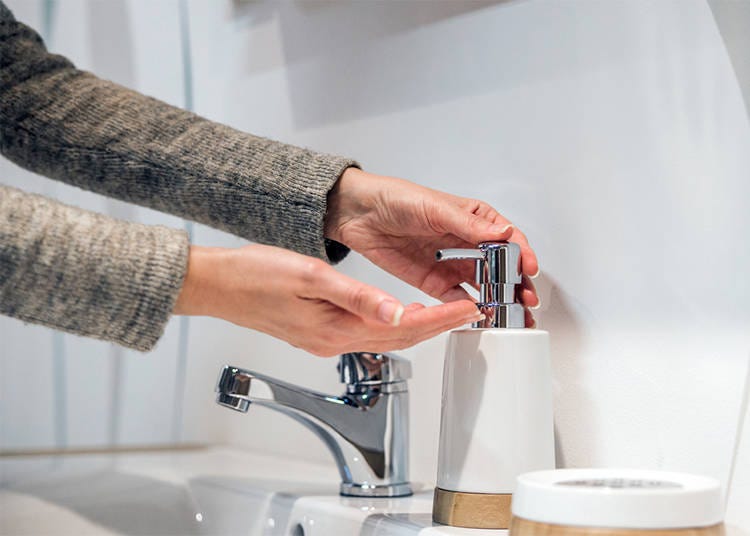
Sometimes, you won’t only find soap in restrooms but also a rather mysterious plastic pump with tons of characters on it. They’re alcohol-based hand sanitizer spray and can be spotted in all sorts of places, including restaurants, shops, and even official buildings such as city halls. Most commonly, they’re sat up during autumn and winter to counter the spreading of the common cold and other illnesses.
How to deal with this:
Give it a try if you want to, but you’re in no way required to use the hand sanitizer spray. In fact, you should be a bit careful especially in winter, as the dry air might cause your skin to crack if you don’t use lotion. In that case, the spray will hurt more than it’ll help.
6) Are the Little Dishes Served in Izakaya Free...?

Traditional Japanese pubs called izakaya have the curious custom of serving a little snack that you didn’t ask for. Protesting and pointing out that this isn’t what you ordered is a natural reaction but in this case completely unnecessary – it’s not a mistake, it’s a feature! The little dish is called “otoshi” and acts as a seating fee which is usually from 400 to 600 yen per person.
How to deal with this:
If you absolutely don’t want it, you can tell the staff “otoshi wa irimasen” (we don’t need an otoshi) as you’re sitting down. In some cases, you won’t be charged said seating fee then, but oftentimes, the fee is part of the bill in any case.
7) Why are Smartphones Suddenly Ringing all at Once?
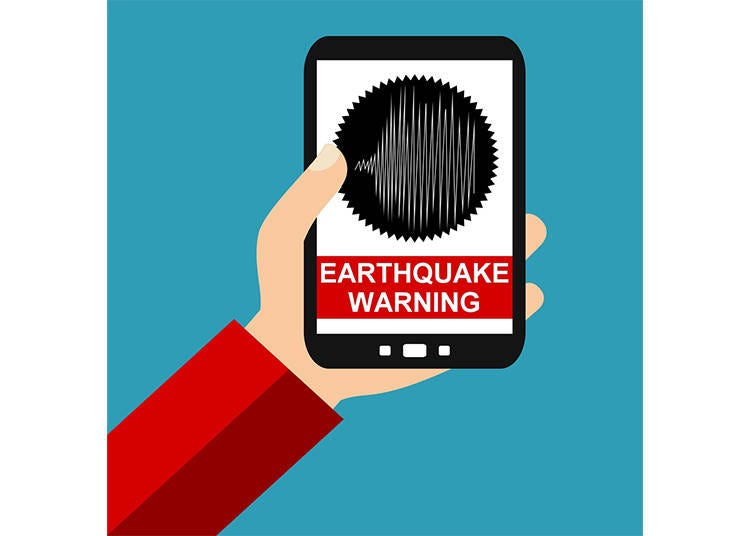
While this is a rather rare case, you might be in a situation when the phones of everyone around you go off all at once, beeping and vibrating with various sounds. It’s not a malfunction – it’s an emergency warning, most likely for an earthquake. The vast majority of people in Japan have emergency apps installed on their phone that warn them when strong tremors were detected somewhere close. Tsunami warnings are also part of this system, although they generally occur after an earthquake.
How to deal with this:
Don’t panic and try to wait as calmly as possible until the shaking stops. For a thorough guide on how to deal with earthquakes and other natural disasters and emergencies, see this article:
- Area
- Category
*Prices and options mentioned are subject to change.
*Unless stated otherwise, all prices include tax.
Limited time offer: 10% discount coupons available now!
Recommended places for you
-

Professional Photos Even Beginners Can Shoot! 10 Tips for Taking Stunning Cherry Blossom Photos
-

The CASIO S100: How CASIO's Masterpiece Calculator Redefines Business Elegance With Japan-Made Reliability
-

15 Must-Try Sushi Restaurants in Tokyo (+5 Trending Areas to Explore for Foodies)
-

Step Into the Story: Inside Immersive Fort Tokyo
-

15 Must-Try Restaurants in Ikebukuro: From Aged Yakiniku to All-You-Can-Eat Sushi, Plus Adorable Animal Cafés
-

Best Things to Do in Tokyo in April 2024: Events, Festivals & More
-
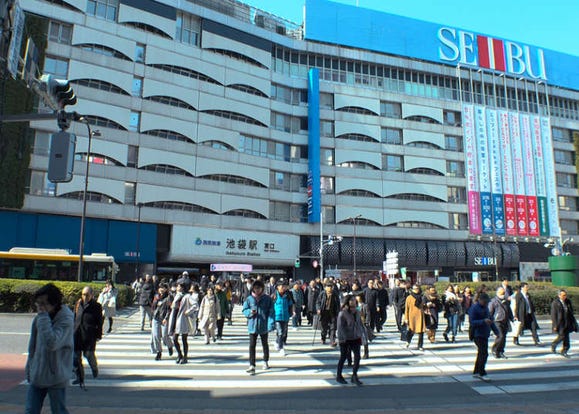
Ikebukuro Station Area Guide: Top 15 Spots When You Escape the Station's Maze!
-
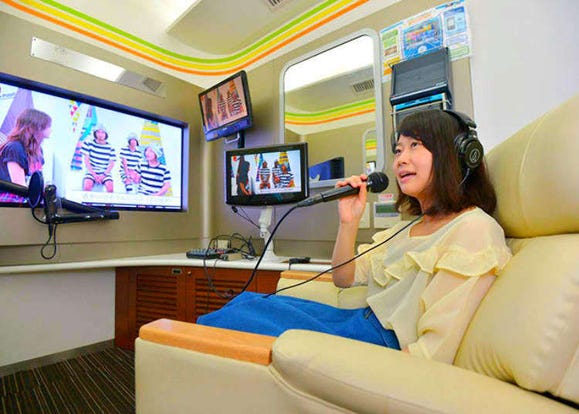
Spending Wonderful Time Alone in Shibuya - Free Cosmetics and a Hundred-Yen Bus!
-
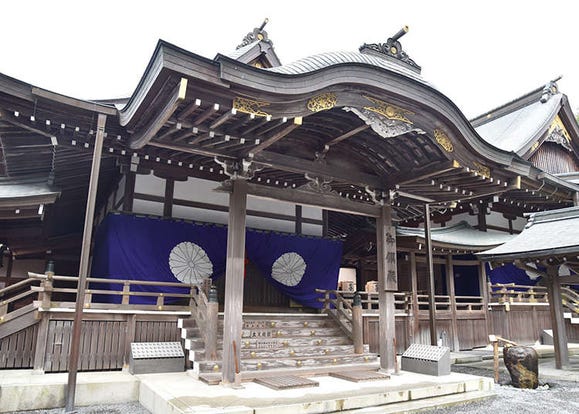
The Architecture of Japanese Shrines and Temples
-
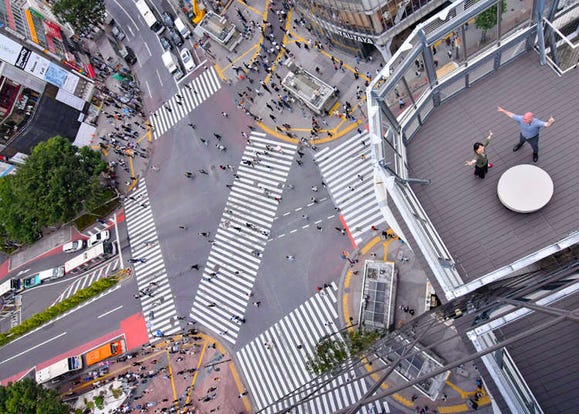
Shibuya Crossing: Getting the Best View from the Deck at Magnet by Shibuya109!
-

Survival Japanese: 10+ Useful Phrases for Sightseeing
-
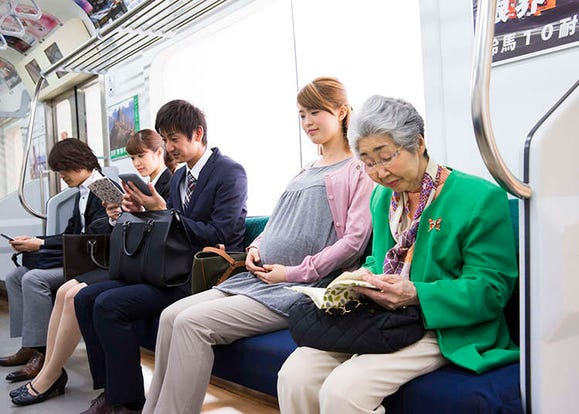
Public Transportation Etiquette
- #best ramen tokyo
- #what to buy in ameyoko
- #what to bring to japan
- #new years in tokyo
- #best izakaya shinjuku
- #things to do tokyo
- #japanese nail trends
- #what to do in odaiba
- #onsen tattoo friendly tokyo
- #daiso
- #best sushi ginza
- #japanese convenience store snacks
- #best yakiniku shibuya
- #japanese fashion culture
- #best japanese soft drinks













